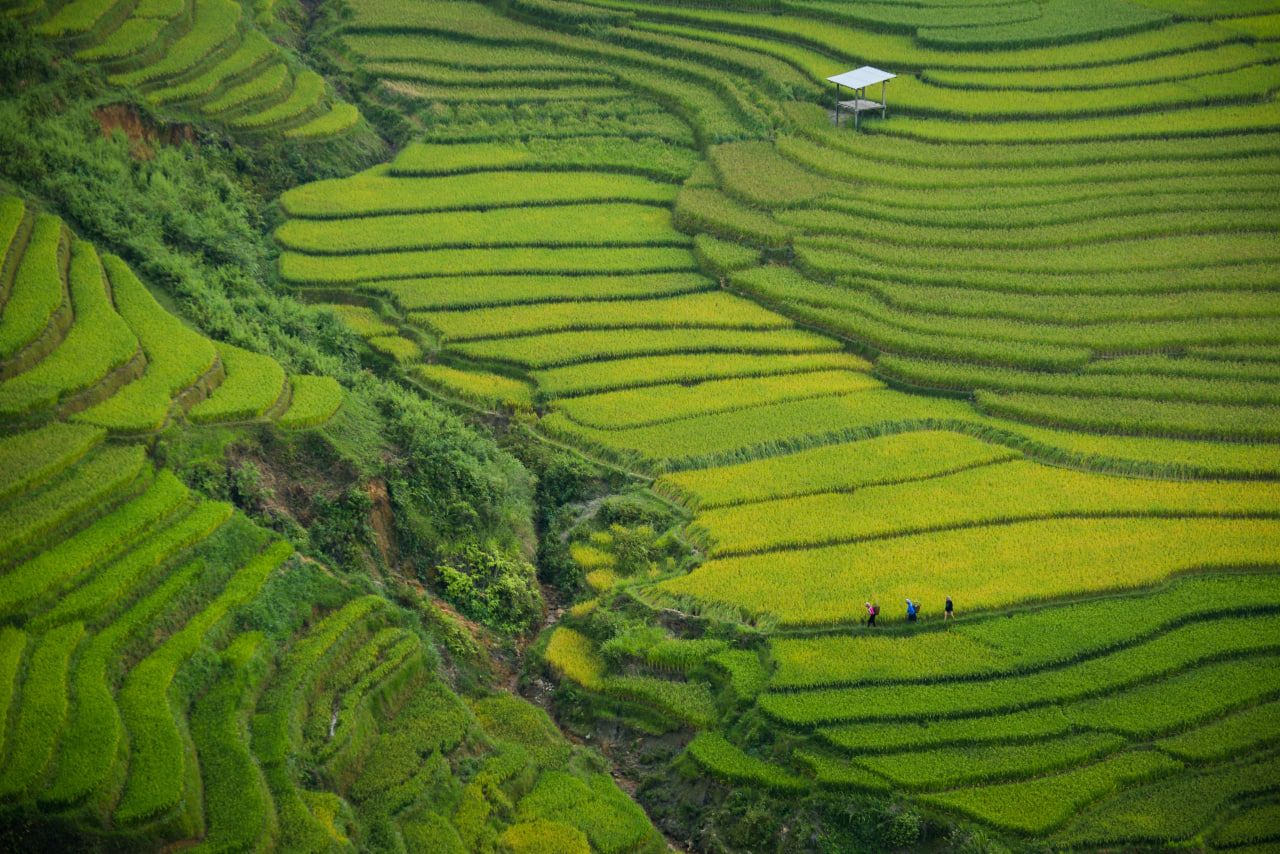
Travel to Vietnam is not merely a contemporary pursuit; it’s a legacy deeply rooted in history. Let’s embark on a captivating journey back in time to 1931, as we unveil the fascinating tapestry of tourism in the erstwhile French Indochina.
Destinations
Picture a vibrant mosaic of six distinct entities nestled under French colonial rule—Tonkin, Annam, and Cochinchine (representing modern-day North, Central, and South Vietnam), alongside Laos, Cambodia, and Kouang-Tchéou-Wan (now Zhanjiang City in China’s Guangdong province). Each enclave pulsated with its own allure, promising intrepid explorers a kaleidoscope of cultural riches and natural wonders.
Natural Marvels
Cast your gaze upon the timeless splendor of Ha Long Bay, its limestone karsts standing as sentinels of an ancient past. Venture into the mist-shrouded hills of Sapa, where terraced rice fields paint a picture of ethereal beauty. Trace the sinuous path of the Mekong River, meandering through verdant landscapes and ancient civilizations. And amidst the rugged peaks of the Annamite, Cardamom, and Dangrek mountain ranges, discover the serene expanse of Ba Be Lake—a hidden gem lost to the annals of time.
Cityscapes
Once bustling centers of commerce and culture, cities such as Kon Tum, Qui Nhon, Phan Rang, Kratie, and Ha Tinh now lie as silent witnesses to the passage of time. Their streets, once teeming with life, now echo with the whispers of bygone eras. Yet, amidst the faded grandeur, remnants of their former glory linger—a testament to the resilience of the human spirit.
In the south, the bustling port city of Tourane—known today as Da Nang—bears witness to a storied past, while Hoi An, now a UNESCO World Heritage site, exudes an air of timeless charm. And in the heart of Cambodia, the majestic temples of Angkor stand as enduring symbols of a bygone empire, drawing travelers from far and wide.
Transportation
In the early 20th century, transportation in Indochina was a tale of contrasts. Coastal regions boasted a network of well-linked roads, facilitating trade and commerce. Yet, in the rugged hinterlands of the Central Highlands and Northwest Vietnam, and across the plains of Laos, travel remained an arduous endeavor.
The bustling metropolises of Saigon and Hanoi emerged as hubs of activity, their streets teeming with life and energy. And with the advent of air travel, a new era of exploration dawned—one that promised to shrink the vast distances of the region and bring its myriad wonders within reach.
Reflections
As we journey through time, we are reminded of the cyclical nature of history. The echoes of the past reverberate through the corridors of the present, shaping our understanding of the world and our place within it. And in the hallowed halls of exploration, we discover not only the stories of those who came before us but also the boundless potential of the human spirit.
In conclusion, our voyage through the tourism map of Indochina in 1931 serves as a poignant reminder of the enduring power of travel to transcend time and space. It is a testament to the indomitable spirit of adventure that resides within us all—a spirit that continues to inspire and captivate travelers to this day.
Scivi Travel is an educational travel company based in Ho Chi Minh City, Vietnam. We are committed to providing immersive educational experiences that blend historical insights with contemporary perspectives. Our meticulously curated itineraries offer travelers a holistic view of Vietnam, weaving together the threads of past and present to create unforgettable memories.





